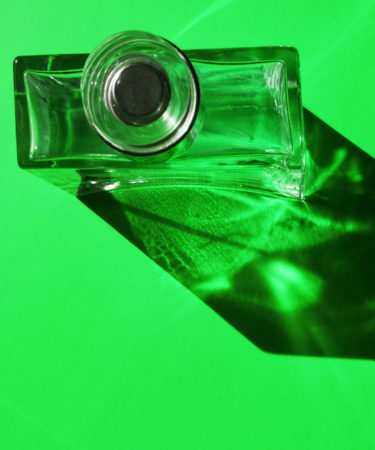Among the world’s many spirits, absinthe stakes a claim to being one of the most misunderstood.
It peaked in popularity (and infamy) during France’s Belle Époque era, followed by a rapid demise with reports of hallucinatory properties, harmful side effects, and decades-long bans in major countries around the world. Now, however, all the claims that contributed to absinthe’s downfall have since been proven false.
Ready to dispel those myths for yourself? Here are seven questions you’re too afraid to ask about absinthe, answered.
What is absinthe?
Absinthe is an anise-flavored spirit infused with botanicals, most notably Artemisia absinthium (a type of wormwood), anise, and fennel — known jointly as the “holy trinity.” Quality versions are produced via multiple distillations of grape spirit, and are flavored using only fresh ingredients. It is highly alcoholic and usually bottled between 45 and 74 percent ABV.
Where is absinthe made?
Unlike Scotch or Champagne, absinthe is not a regionally protected product, so distillers around the world are free to make their own versions. The spirit’s history is closely tied to Switzerland and France, but production is now also common in the Czech Republic. In the U.S., a handful of craft producers currently offer domestic absinthes.
Why is absinthe green?
Absinthe gets its signature green hue from the chlorophyll from plants during the maceration of fresh ingredients. Nowadays, some distillers choose to add artificial colorings as well.
It’s worth noting, too, that not all absinthes are green. Absinthe blanche or La Bleue is a clear version of the liquor, most common in France and Switzerland.
Is absinthe illegal?
Absinthe is legal. Production ceased in France for most of the 20th century after scientists mistakenly linked thujone, a molecule present in wormwood, to hallucinations and brain damage. In the late 1980s, this was proven false and absinthe production was legalized once again.
Absinthe was banned in many countries around the world in 1912, including the U.S. The TTB legalized the spirit again in October 2007 after issuing new guidelines regarding thujone. All absinthe contains traces of thujone, but, to be legal in the United States, absinthe must contain less than 10 parts per million of thujone.
Does absinthe make you hallucinate?
No, it does not make you hallucinate. This common misconception is linked to inaccurate scientific experiments and poor-quality home distillates that flooded the market during the Belle Époque. These illicit absinthes may have contained poisonous ingredients and were often consumed in lead cups. As it happens, the only dangerous drug in modern-day absinthe is (strong) alcohol.
How should I drink it?
Due to its high alcohol content and potent flavor, absinthe should not be consumed as a shot. Rituals involving flaming sugar cubes are also not traditional and can be especially dangerous because of the spirit’s flammability.
Instead, like many other anise-flavored beverages (pastis, arak, ouzo, and raki), absinthe can be sipped, mixed into cocktails, or diluted with cold water and served over ice. In the latter preparation, the water is traditionally added drop by drop using an absinthe fountain until the spirit becomes cloudy. This phenomenon is known as the “louche” effect. Some drinkers may choose to first pass the water over a sugar cube, making the strong-tasting beverage more palatable.
Can I use absinthe in cocktails?
Absinthe is a mainstay in a number of classic cocktails, including the Sazerac, Corpse Reviver No. 2, and Tuxedo No. 2. Because of its potency, the ingredient is mainly used to rinse glassware, then dumped before the mixed cocktail is added. Despite this, its character is easily detectable and, just like dressing a salad with truffle oil, its beauty comes from controlled inclusion.
